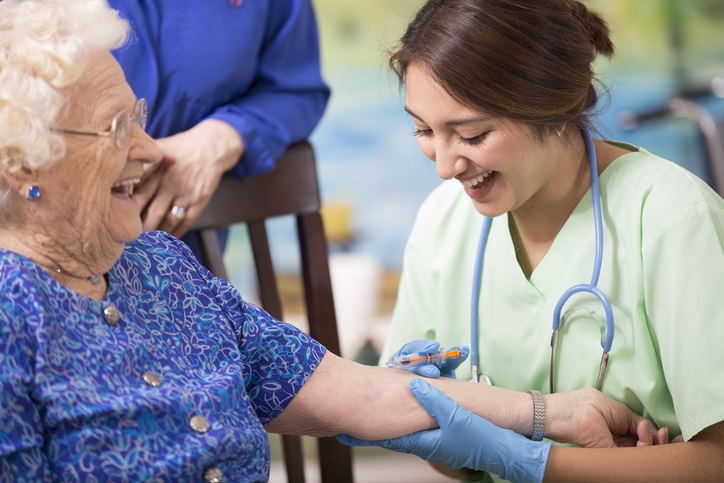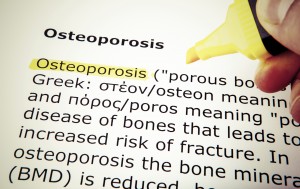It is never too late to begin a regular fitness routine. In fact; the United States Department of Health and Human Services’ National Institute on Aging promotes exercise and physical activity as an important factor in healthy aging.
Older adults are encouraged to incorporate the following four main types of exercise into their routine:
- Strength Exercise
- Endurance Exercise
- Balance Exercise
- Flexibility Exercise
Each type of exercise offers several benefits when performed on an ongoing basis. These benefits can be achieved by doing a variety of physical activities.
- Strength Exercise- Helps to build muscle and makes them stronger. Building stronger muscles can be achieved by participating in activities such as lifting weights or resistance training.
- Endurance Exercise-Helps to promote a healthy heart rate and improve breathing. This type of exercise focuses on overall fitness as well as keeping the cardiovascular and respiratory systems healthy. Activities such as aerobics, swimming, walking, dancing, or jogging are considered endurance exercises.
- Balance Exercise-Helps to reduce falls, a problem that is common in older adults. This type of exercise focuses on building lower body strength. Activities such as Tai Chi, walking heel to toe, and standing on one foot are considered balance exercises.
- Flexibility Exercise- Helps to stretch muscles, promotes freedom of movement, and in some instances improves balance. Examples of flexibility exercises include yoga, Pilates, bending to touch your toes, or stretching your arms across your chest.
Before beginning a fitness routine, it is recommended that you speak with your doctor first. You can work with your physician to create a routine that is compatible with your lifestyle and health. To receive more information about exercise and aging, please visit the National Institute on Aging website https://www.nia.nih.gov/
All content of this newsletter is intended for general information purposes only and is not intended or implied to be a substitute for professional medical advice, diagnosis or treatment. Please consult a medical professional before adopting any of the suggestions on this page. You must never disregard professional medical advice or delay seeking medical treatment based upon any content of this newsletter. PROMPTLY CONSULT YOUR PHYSICIAN OR CALL 911 IF YOU BELIEVE YOU HAVE A MEDICAL EMERGENCY.





 We tend to cook and decorate more during the holiday season. These activities if not exercised with caution and safety can lead to burn injuries, which is one of the most common problems emergency rooms face at this time of year. Doctors are requesting that people pay close attention to potential hazards that can result in burn injuries and avoid them by following these safety guidelines:
We tend to cook and decorate more during the holiday season. These activities if not exercised with caution and safety can lead to burn injuries, which is one of the most common problems emergency rooms face at this time of year. Doctors are requesting that people pay close attention to potential hazards that can result in burn injuries and avoid them by following these safety guidelines:

